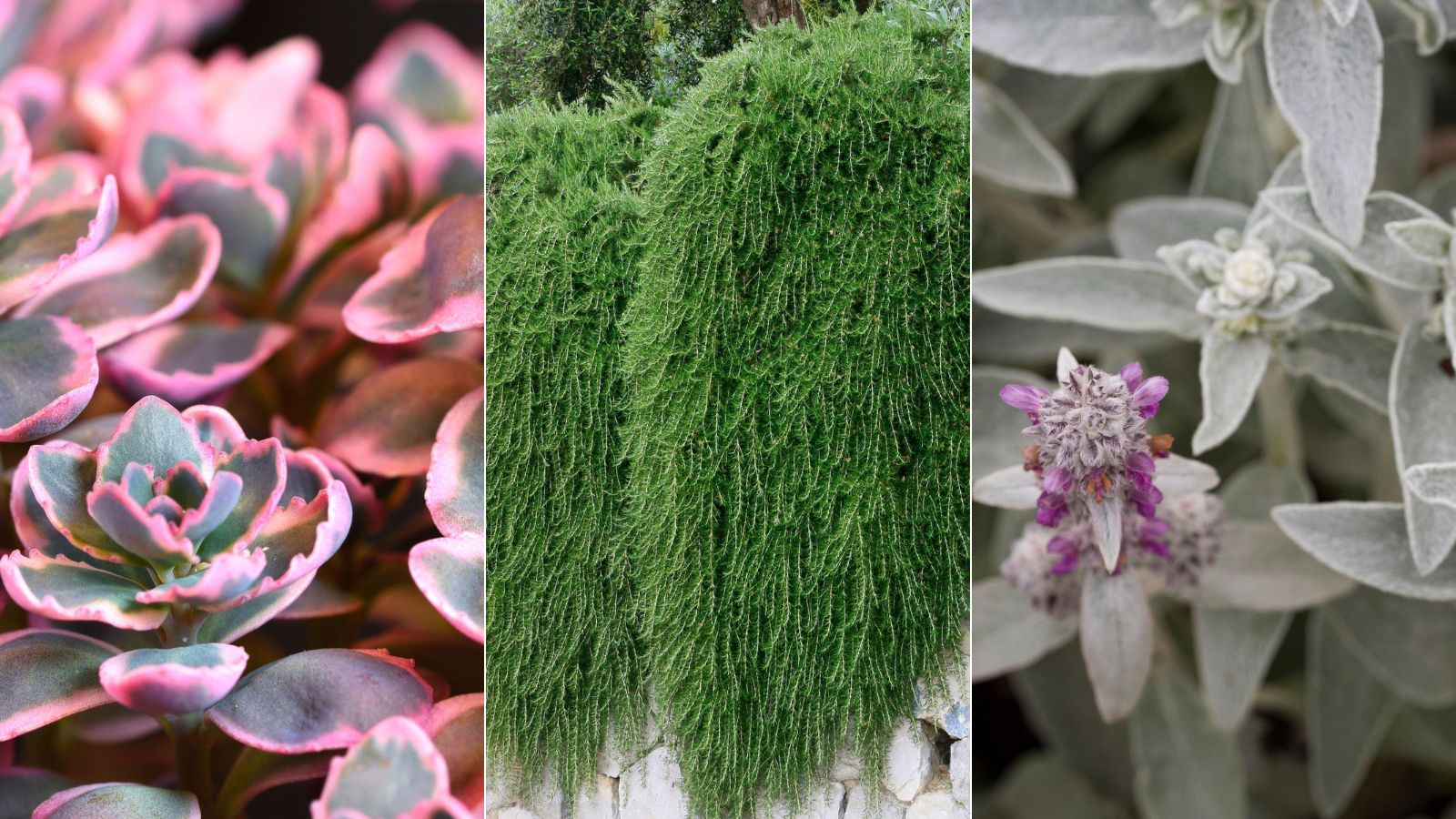
As we are seeing warmer, drier summers, we need to look at our gardens in terms of a changing climate and available resources. Choosing plants that have low watering requirements is a good starting point. Water-wise ground cover plants add another layer of future-proofing as plants help to hold onto moisture, cool temperatures and prevent soil erosion in the heavy rains that are also becoming a feature of our changing climate.
Drought-tolerant planting doesn’t mean don't water at all – most plants will need watering to establish. The best time for planting is fall, allowing plants to develop a good root system and therefore require less watering in the hotter, drier months.
Drought-tolerant also means choosing the right plant for the right place for your dry garden. Look at the sun and shade levels in your yard and choose plants that will naturally be able to cope with the conditions.
There are many plants from deserts to mountains and the Mediterranean plants that are perfectly evolved to tolerate heat, strong sunshine and little rain. You don’t have to recreate these types of landscapes, but you can borrow ideas and plants from them to suit your borders and containers.
Many drought-tolerant plants have glaucous grey-green or silvery leaves. These might have fine hairs that trap moisture or reflect some of the heat back due to their light coloring. Other darker, evergreen leaves are often shiny and small and therefore lose less moisture.
It's good to know that you can create resilient drought-tolerant landscaping ideas in dry conditions, but it all comes down to choosing the best ground cover plants.
Drought-tolerant ground cover plants
There are many benefits to using ground cover plants as they can serve a variety of functions in the garden. Ground cover plants are perfect for covering larger areas and for replacing your lawn. The grass is a great ground cover plant, but it requires a lot of attention and watering. Many water companies in the US are paying homeowners to relandscape their gardens and replace their lawns with water-wise planting.
Marisa Rubino & Alan Butler at Lawn Be Gone Native Landscaping in Oregon say: 'We use close to 100% native plants, local rock and logs to create naturalistic designs that feed and shelter our native insects, birds and other critters. We often install these habitats where the lawn is for a variety of reasons. We focus on the drought-resistant natives due to our warming and drying climate conditions. We promote using native plants of the ecosystem that you inhabit, be it Oregon, England, Iraq, or Japan. Native ecosystems are under stress everywhere and homeowners/municipalities can make a huge difference in our urban/suburban landscapes!'
1. Sedum Sunsparkler series
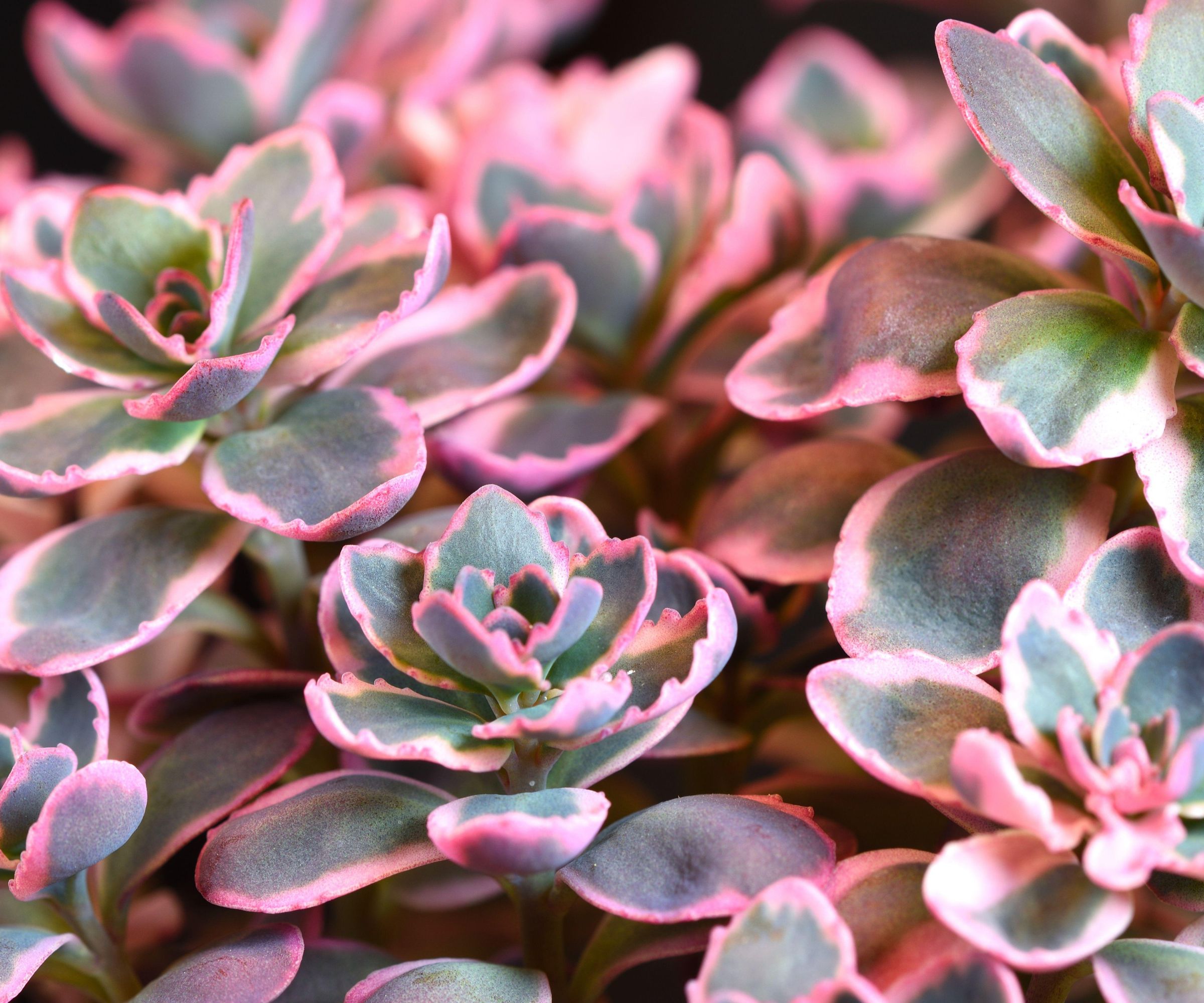
- Best for: rooftops, gravel gardens, path edging
- Height: 6in/15cm
- Spread: 8in/18cm Hardiness zones: 4-9
There are many different types of sedums that will create a pretty, evergreen carpet. With small, fleshy leaves, they are perfectly designed to have low watering requirements and make a good choice for hot, sunny areas. The tiny flowers add to the textural quality of these plants. The relatively new Sunsparkler series offers a range of foliage colors from dusky greens and purples to lime greens and variegations. These look great mixed together to create a tapestry of foliage colors tucked in around rocky areas, along paths, or as part of a green roof.
- Find Sun Loving Sunsparkler Sedum at Walmart
2. Pachysandra
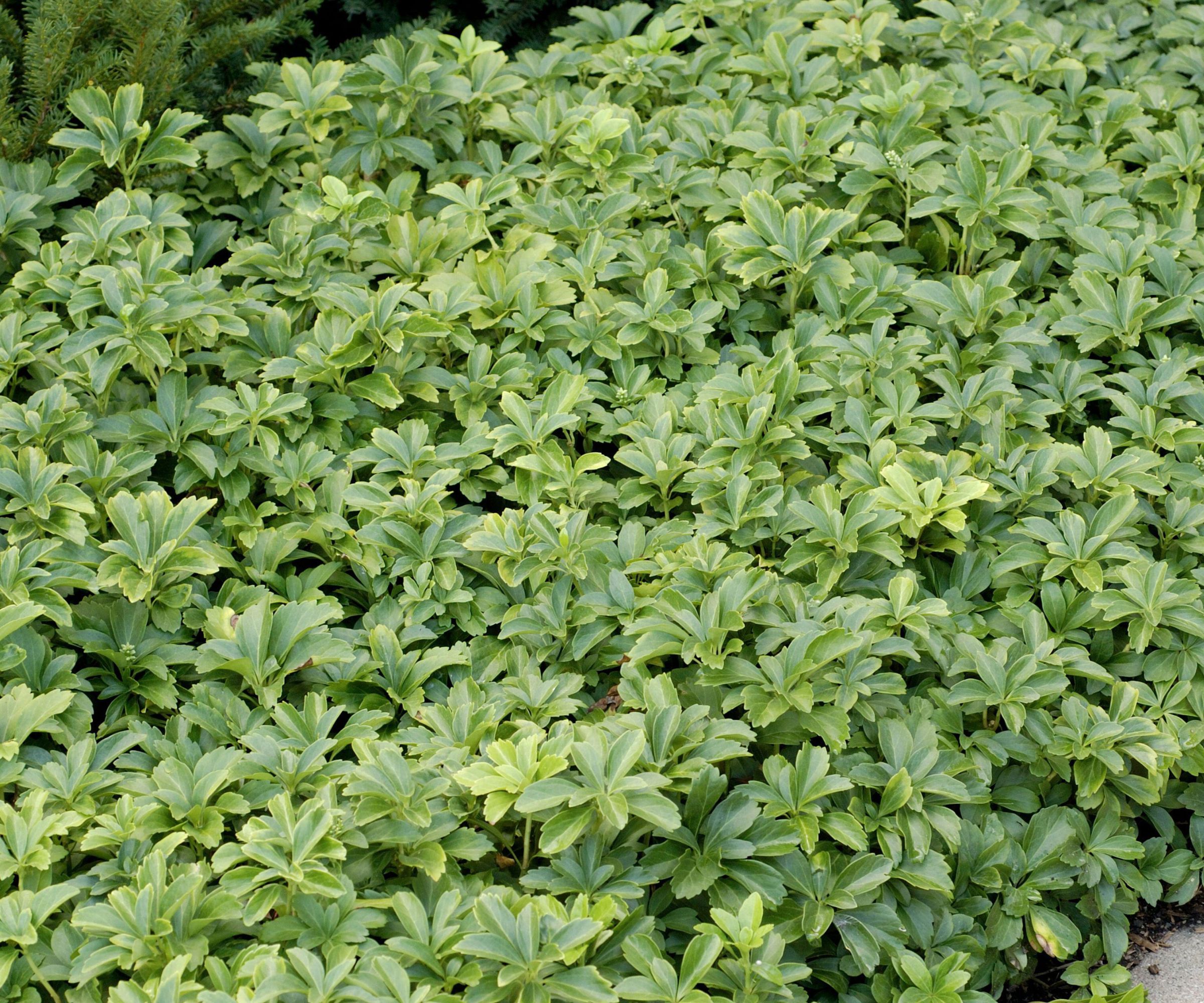
- Best for: dry shade, under trees
- Height: 8in/20cm
- Spread: 18in/45cm
- Hardiness zones: 4-9
Pachysandra is particularly useful as ground cover in areas of dry shade. The glossy dark green foliage is attractive and small white spring flowers add to the value of this plant. There are various cultivars to choose from including the award-winning Japanese spurge, Pachysandra terminalis ‘Green Sheen’. This is widely used, but Allegheny pachysandra, Pachysandra procumbens, is a good native North American choice, recommended by Moreton Arboretum experts.
Found in woodland areas in the Southeastern states it will form 'colonies that will fill in well without being overly aggressive and the small white flowers in spring are lightly fragrant.' It spreads via rhizomes to create a dense carpet of foliage that will remain evergreen in milder areas. Pachysandras can take a while to establish but ultimately will prove drought-resistant.
- Find Pachysandra Terminalis at Amazon
3.Thymes
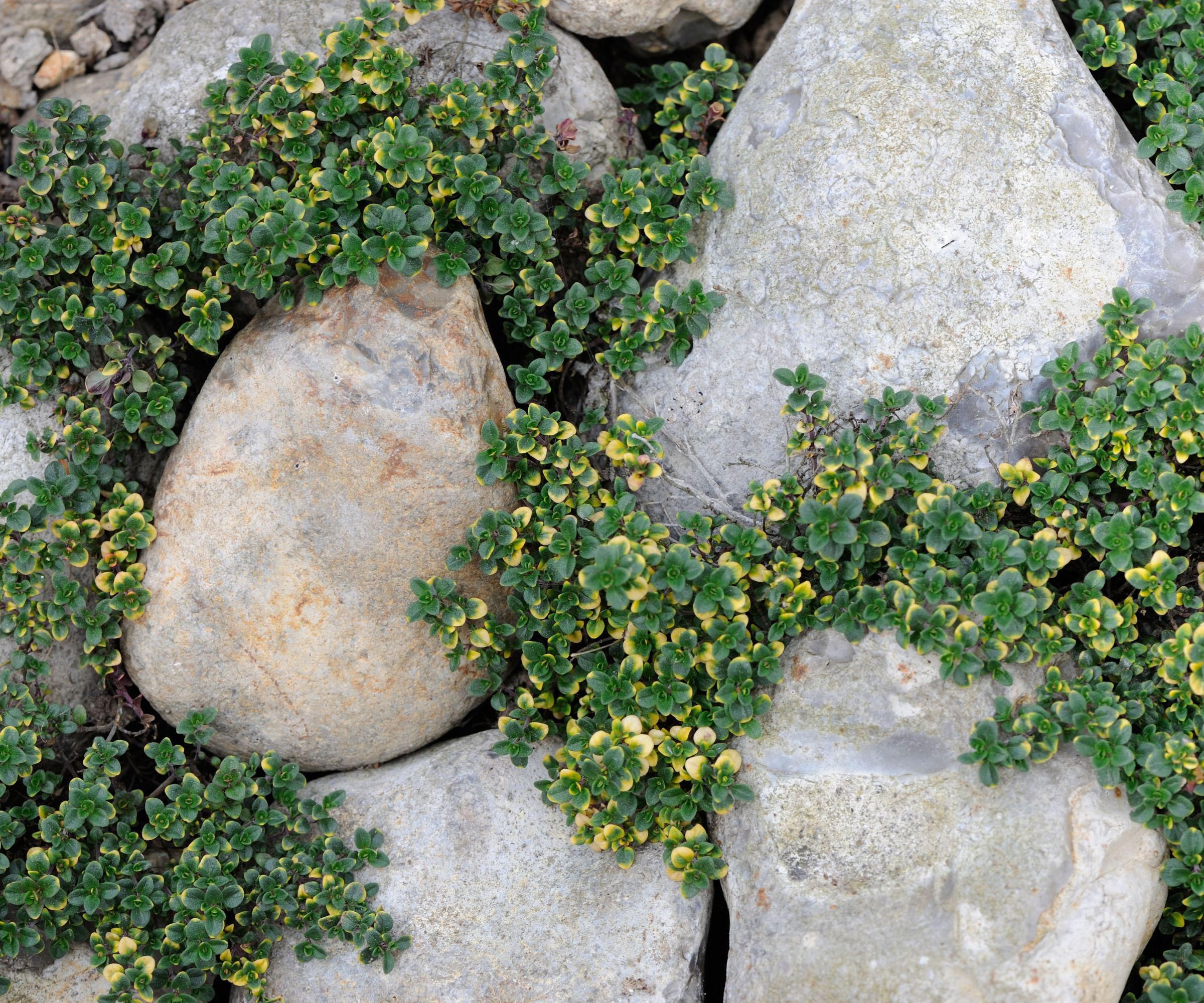
- Best for: front of borders and around paving
- Height: 6-12in/15-30cm
- Spread: 20in/50cm
- Hardiness zones: 5-10
Thymes make a good choice for ground cover in hot, dry, sunny areas. Most varieties have a compact, spreading habit and create a mat of small evergreen, aromatic leaves. Choose from the tiny-leaved, dense foliage of creeping thymes, like Thymus serpyllum that works so well around paving stones, or more shrubby, rounded spreading varieties like Thymus captitatus, which has attractive purple flowers that give its common name of conehead thyme. The nectar rich blooms are a magnet for bees and butterflies.
- Find thyme at Burpee
4. Mondo grass, ophiopogon
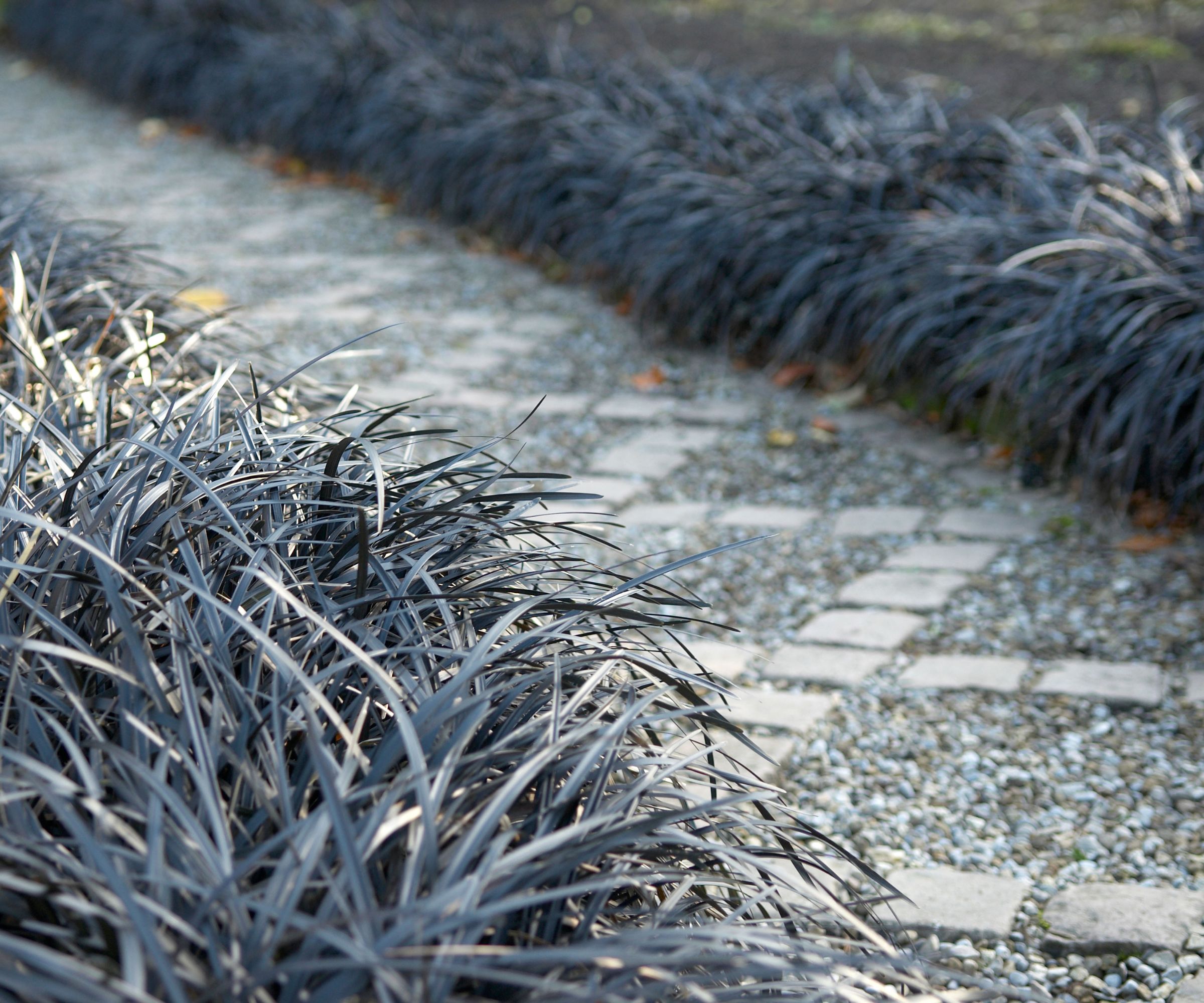
- Best for: edging pathways, underplanting trees and shrubs
- Height: 8in/20cm
- Spread: 12in/30cm
- Hardiness zones: 6-11
This grass-like, spreading perennial is a really attractive and useful groundcover plant, adding a contemporary look to larger areas. The short strappy leaves are quite uniform and also evergreen and, while it does produce small flowers followed by berries, the main event is the foliage.
NatureHills recommends the ‘Nana’ cultivar, which is more compact and grasslike, good for planting on hills and slopes and in areas of light foot traffic around paving stones. Also very popular is the black leaved Ophiopogon planiscapus ‘Nigrescens’ which looks great planted next to paved areas and under smaller trees and shrubs.
- Find Ophiopogon planiscapus, Black Mondo at Burpee
5. Lambs ears, Stachys byzantina
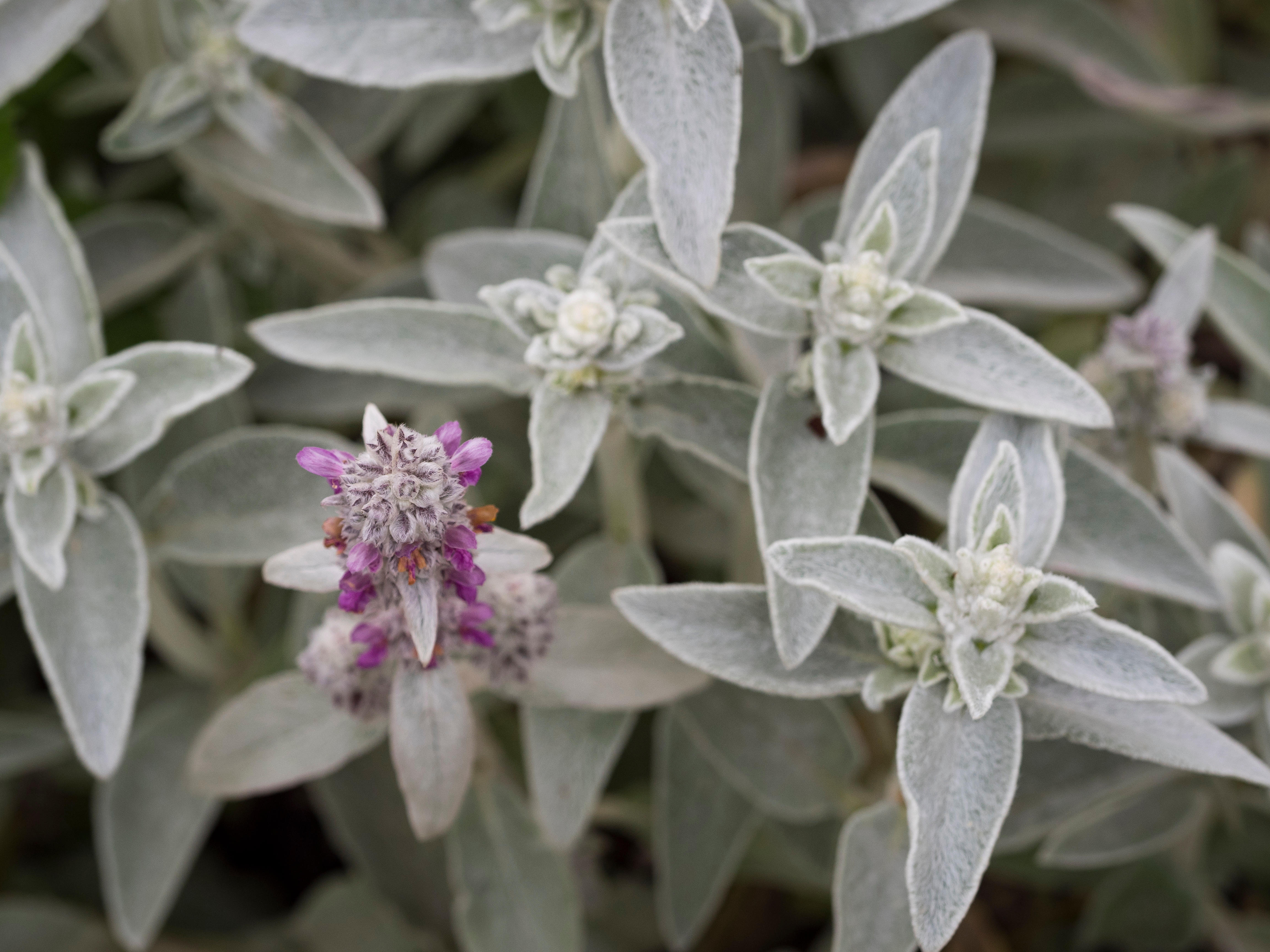
- Best for: edging borders, near seating areas
- Height: 8-12in/25-30cm
- Spread: 18in/45cm
- Hardiness zones: 4-10
In his book Gardening with Drought Tolerant Plants, Tony Hall, Head of Temperate Collections – Arboretum at the Royal Botanic Gardens Kew, describes stachys as a 'plant long used for its superb foliage which has certainly passed the test of time.'
With woolly, felty foliage, densely covered in tiny hairs that are so soft to touch and a real magnet for sensory-seeking gardeners, this is perfectly designed to reflect sunlight and reduce water loss. The pale pink flowering stems that rise up from the rosettes of foliage are pretty and good for bees and other pollinating insects, but the evergreen leaves make this plant a must-have in the water-wise garden.
- Find Lamb's Ear Byzantina- 100+ Seeds from Walmart
6. Creeping rosemary, Rosmarinus officinalis Prostratus Group
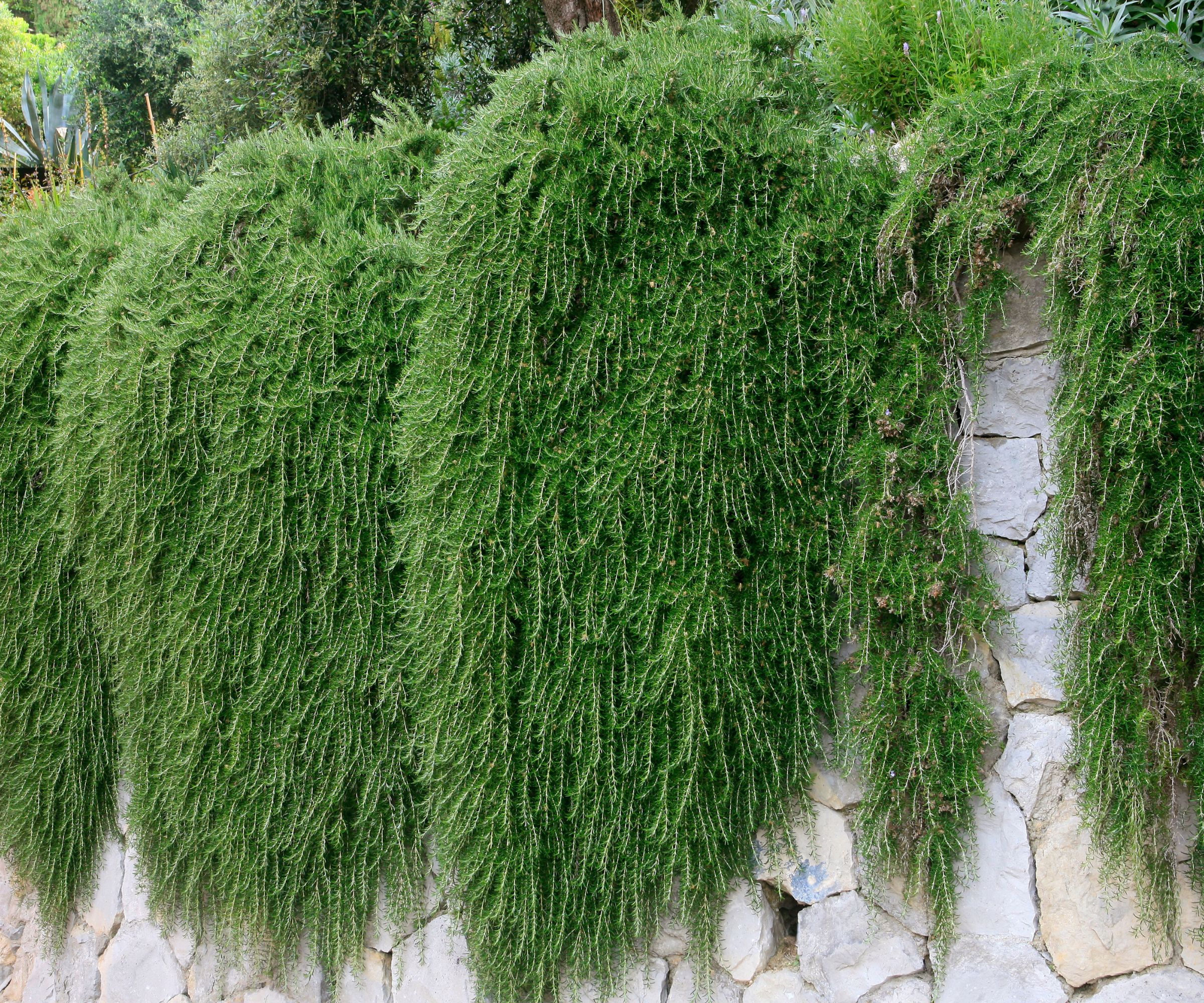
- Best for: rockeries and walls
- Height: 2f/60cm
- Spread: 3ft/90cm
- Hardiness zones: 8-11
Rosemary is a reliable Mediterranean plant for drought-prone areas. This creeping, prostrate form makes an attractive low, spreading shrub, that works well as evergreen ground cover. Use in beds where it is free to spill over the walls or boundaries. Plant in full sun in very well-drained soil, adding extra grit to help the roots survive prolonged winter wet. The small purple flowers in early summer are attractive and will draw in the bees and this shrub looks good combined with other Mediterranean herbs. It’s also edible.
- Find Rosmarinus officinalis 'Prostratus', Creeping Rosemary at Amazon
7. Tanacetum densum subsp amani
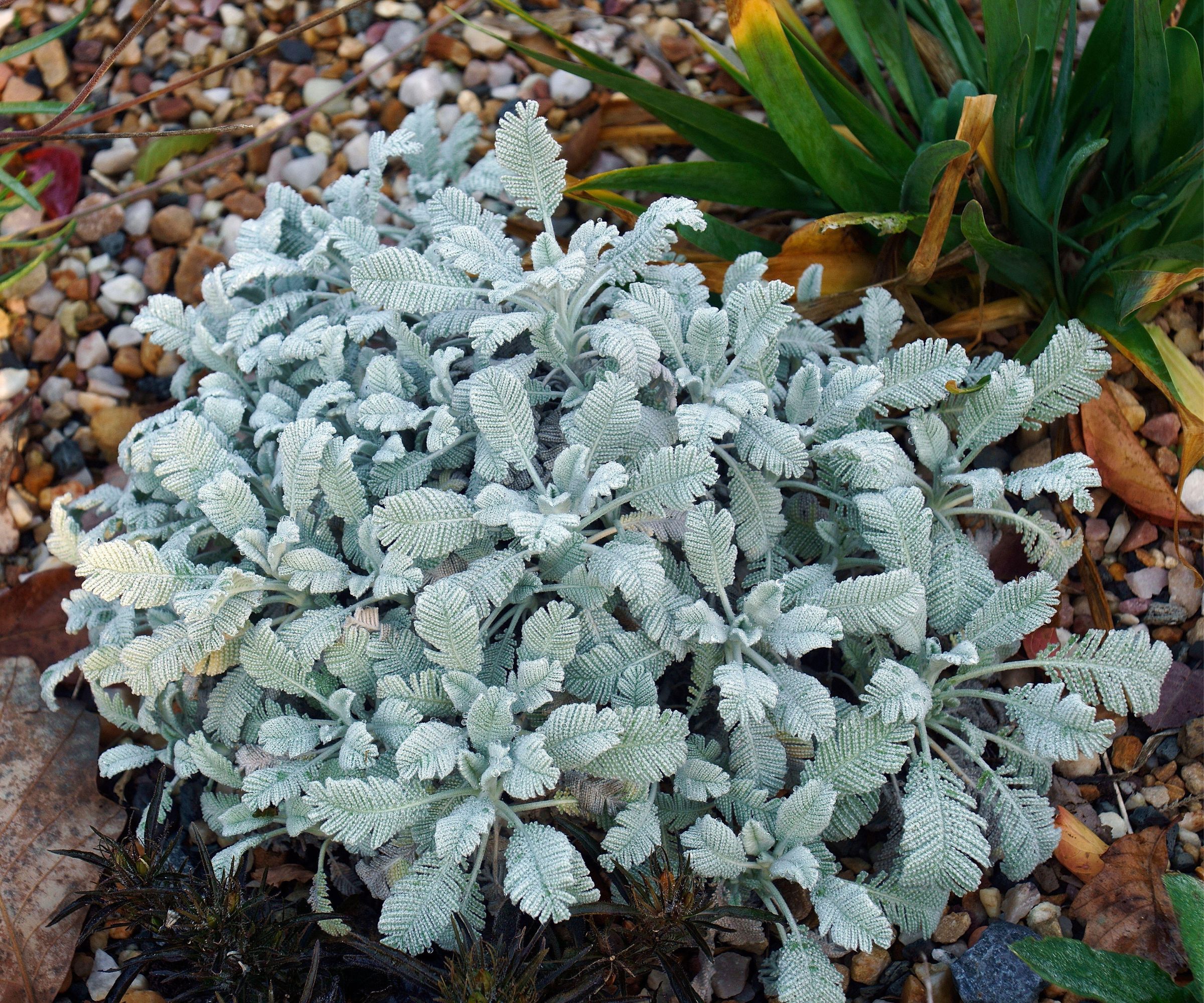
- Best for: gravel gardens, front of borders
- Height: 8in/20cm
- Spread: 20in/50cm
- Hardiness zones: 4-9
With silvery, velvety foliage typical of hot sun loving plants, this is a really pretty plant, with feather-cut leaves, surprisingly rarely seen. It will complement a collection of Mediterranean herbs and summer flowering salvias and spreads comfortably in hot, dry locations. Although the button yellow summer flowers are also attractive, the key feature is the evergreen foliage. Plant to the front of sunny borders in a matrix alongside mounds of silver-leaved santolina, helichrysum, nepeta, lavenders or upright Salvia caradonna for contrast.
8. Periwinkle, Vinca
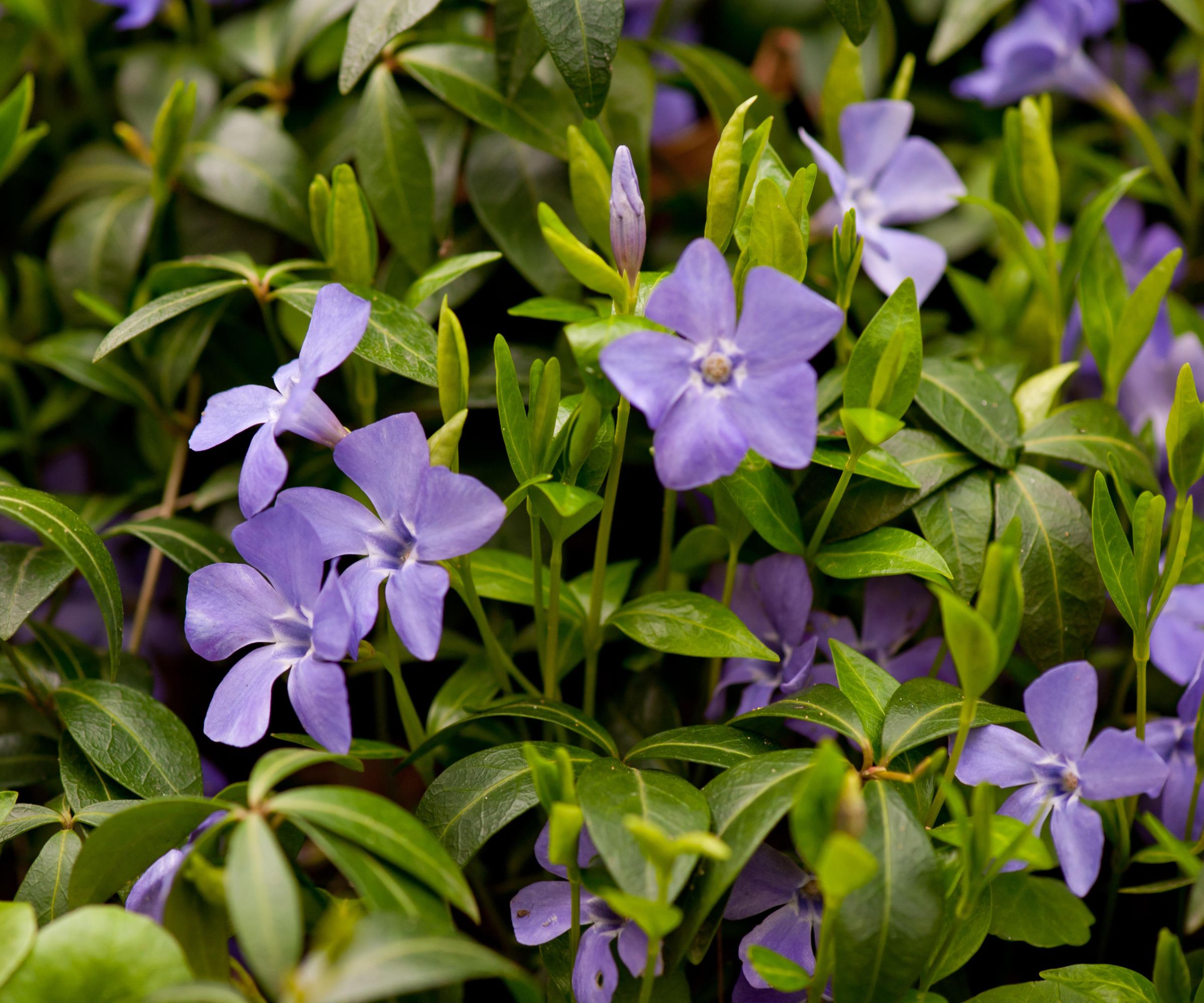
- Best for: larger areas of shade, under trees
- Height: 10in/25cm
- Spread: 3ft/90cm
- Hardiness zones: 4-9
Also known as trailing or creeping myrtle, periwinkle will romp away in areas of dry shade, carpeting the ground with glossy evergreen foliage as the roots spread. It also produces pretty pale blue flowers in spring and summer. It’s so enthusiastic that it can become a little invasive, but this is a good quality if you’re looking to cover larger areas of ground and it’s particularly good for creating stability on sloping areas. Vinca minor or major are the most commonly found, although Tony Hall from the Royal Botanic Gardens, Kew, recommends Vinca difformis for its later flowering time.
- Find 3 Vinca Plants Periwinkle/Vinca at Walmart
9. Kinnikinik, Arctostaphylos
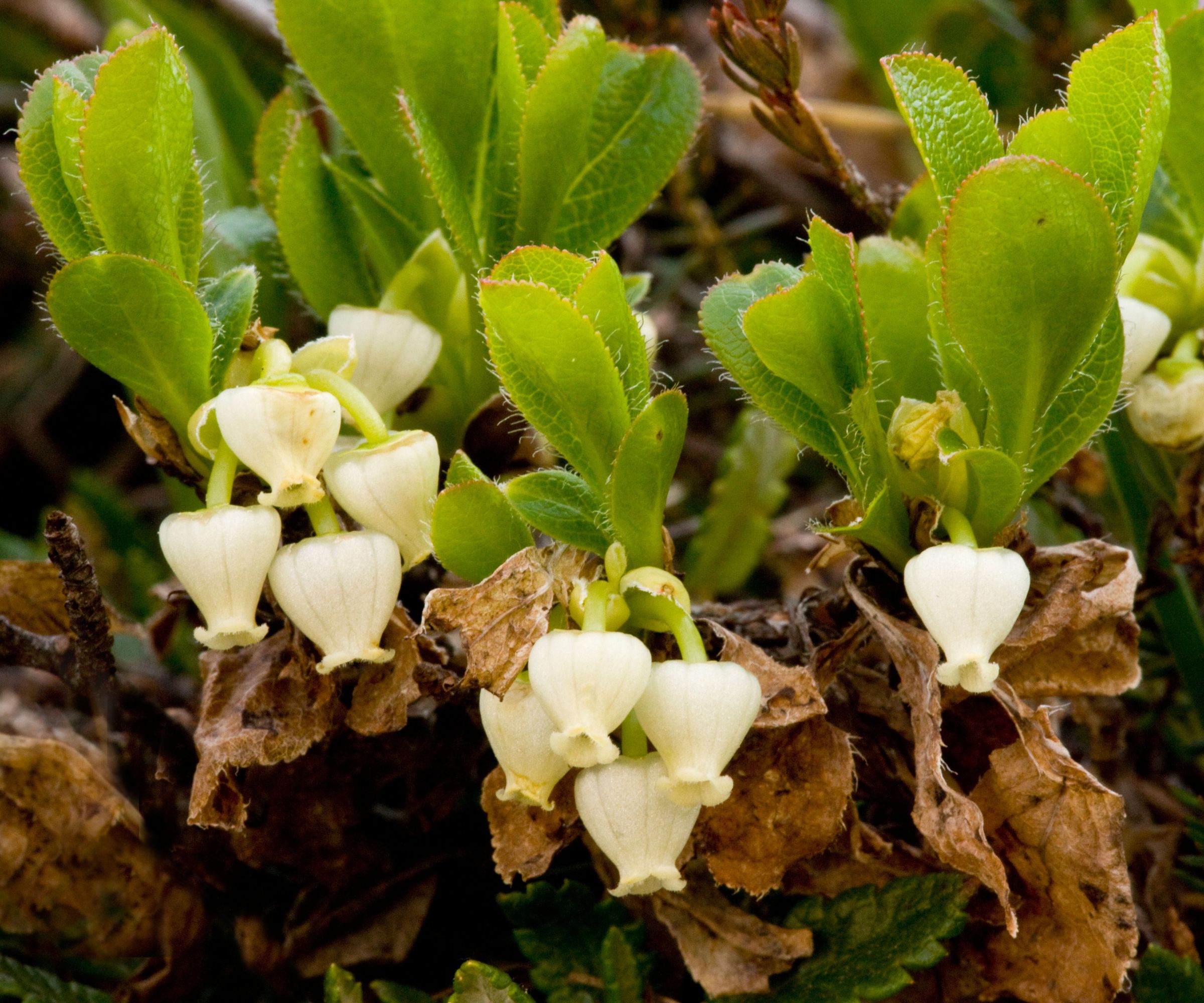
- Best for: poor soils, slightly acidic
- Height: 1ft/30cm
- Spread: 12ft/360cm
- Hardiness zones: 2-9
Also known as bearberry, this evergreen, spreading prostrate shrubby groundcover is a North American native with a really wide distribution from Greenland to California, so is a good option for groundcover. It suits dry, sunny gardens and the shiny foliage is offset by attractive white or pink flowers in spring and summer, followed by red fall fruits that make good food for wildlife and have also long been used for their medicinal properties. It’s slow growing to start with but once established will spread to form a tough, mat-like coverage.
10. Euphorbia myrsinites, Spurge
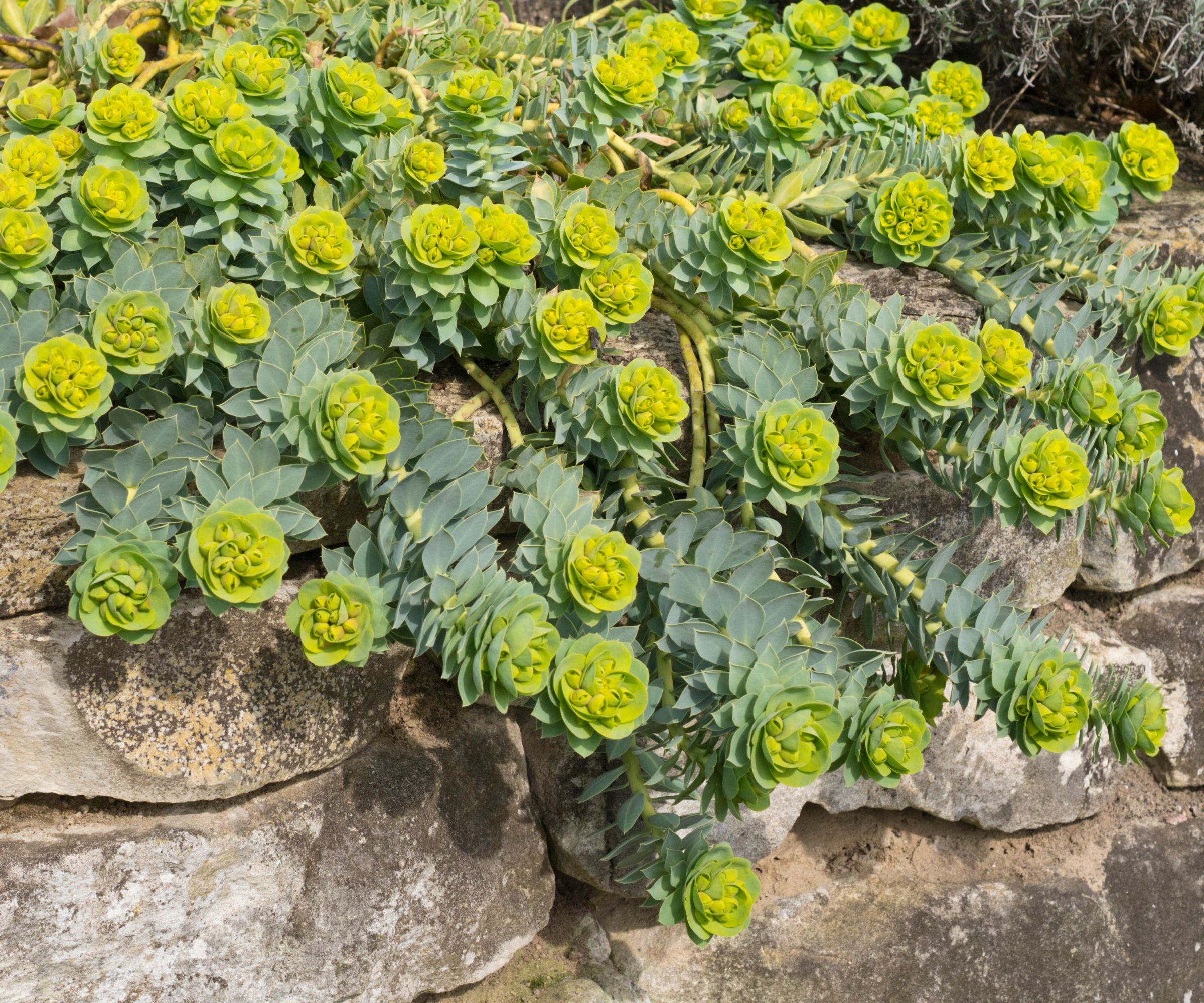
- Best for: gravel, spilling over the edges of pots and borders
- Height: 8in/10cm
- Spread: 20in/50cm
- Hardiness zones: 5-8
With prostrate branching stems of bottlebrush-style glaucous silvery green foliage, Euphorbia myrsinites is a good drought tolerant choice for pots and borders. The distinctive form makes a good architectural statement at ground level with bright, lime green flowers appearing in spring. It looks good planted for foliage contrast alongside sedums, stachys and thymes. Handle with care when removing stems or flowers as white sap is a skin irritant. It has an RHS Award of Garden Merit to recommend it.
11. Erigeron aurantiacus
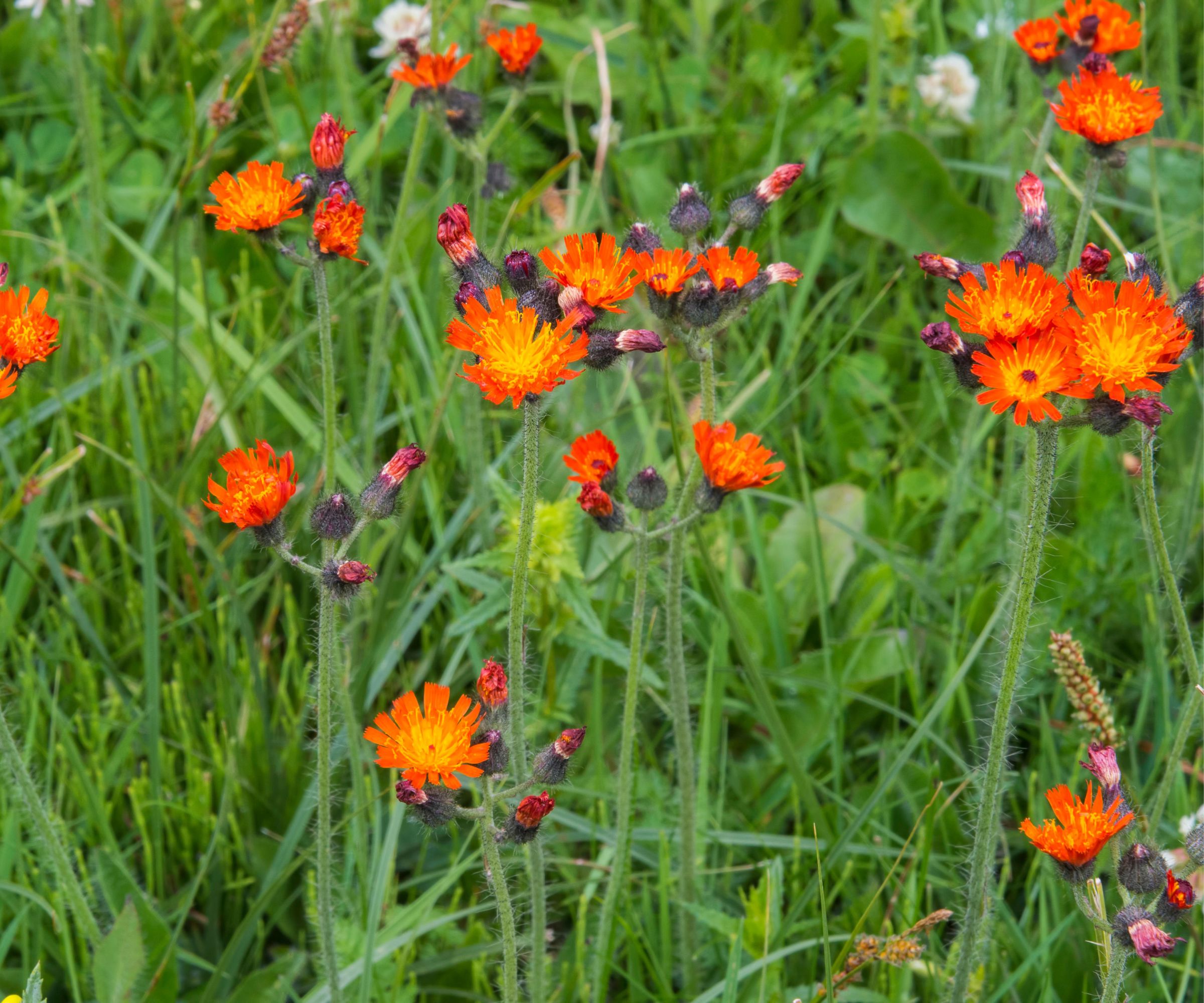
- Best for: rockeries and low-maintenance containers
- Height: 12in/30cm
- Spread: 12in/30cm
With larger flowers than the common Mexican fleabane, this forms spreading clumps of green foliage and single blooms in peak summer. The bright copper-orange daisy flowers are great for pollinators. Deadhead through the summer and cut back stems to the ground in early spring. Lift and divide clumps every 2-3 years in the spring.
- Find 100 Seeds Erigeron Karvinskianus from Amazon
12. Snow-in-summer Cerastium tomentosum
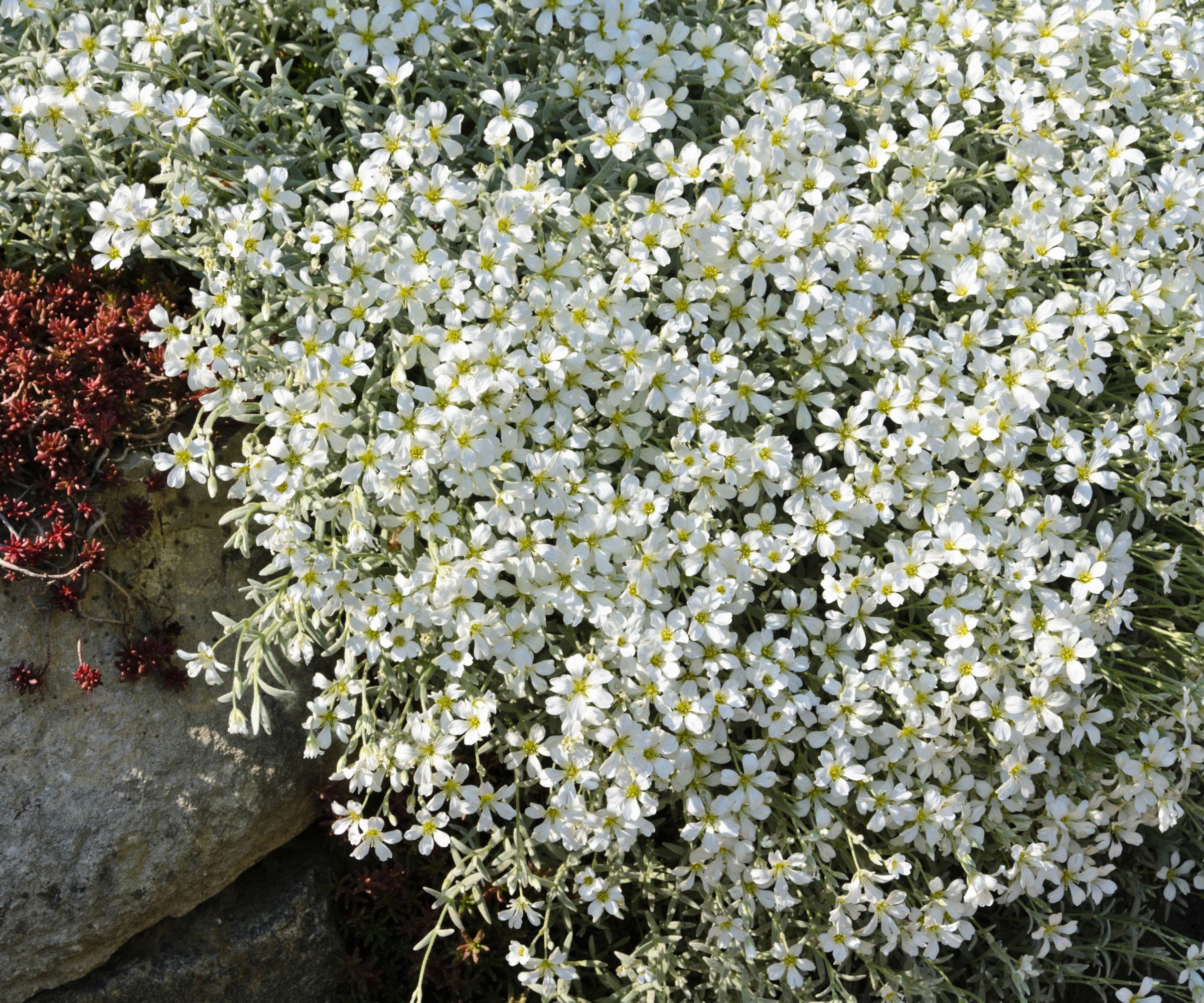
- Best for: rockeries and low-maintenance containers Height: 12in/30cm Spread: 18in/45cm Hardiness zones: 3-7
Great for scrambling over dry banks and walls, filling crevices, paving cracks, alpine containers and gravel gardens this will quickly grow into a silvery-leaved mat, studded with white starry blooms in spring and summer - it really lives up to its ‘Snow-in-summer’ common name. This thrives in dry, hot areas and does not like winter wet, so plant in very well-drained, gritty soil.
FAQs
What is the toughest drought tolerant ground cover?
Tough ground cover plants need to tolerate minimal or no watering once established, provide year-round interest and sometimes withstand foot traffic. Usually, evergreen plants, with shiny, tough leaves that bounce back after being crushed will fit the bill – think thymes. However, you might also consider native plants that suit your local growing conditions. North American wild strawberries grow in the Chicago region and make great, fruitful, tough groundcover that suits shady areas too. Sedum ternatum is a native North American stonecrop that has low watering requirements and also suits part shade.
What is a fast growing ground cover for shade?
A great choice for speed of growth and tolerance of dry shade is Bugleweed or Ajuga reptans. Best suited to areas of lighter shade at the edge of woodland or shrubby borders, this creeping, leafy perennial spreads via roots to form a mat of attractive leaves that range in color from dark maroon to light lime green. The bright purple flowers in spring are also attractive. It can become invasive, so choose wisely. Varieties include smaller leafed ‘Chocolate Chip and larger types such as ‘Catlins Giant’ which look good combined together or with other shade-tolerant plants.







